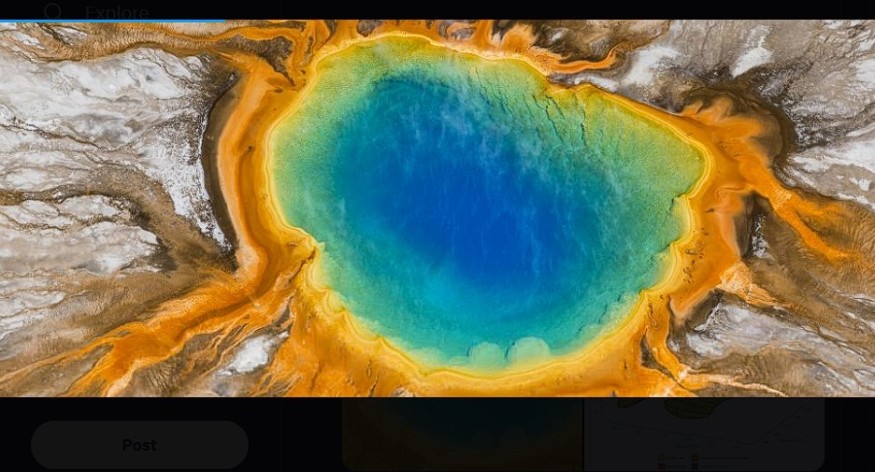
Yellowstone National Park, home to one of the world's most powerful and unpredictable volcanic systems, has been showing signs of change.
New research suggests that the magma reservoirs beneath the Yellowstone Caldera, which is the massive crater formed by past volcanic eruptions, might be shifting. This discovery could indicate a potential change in the future of volcanic activity in the region.
Hidden Magma Reservoirs in Yellowstone's Northeast Raise Future Eruption Concerns
Scientists, led by seismologist Ninfa Bennington from the U.S. Geological Survey, found that magma underneath the northeastern part of the caldera is moving. This region, previously considered less active, might now be the site of future volcanic activity.
The team used advanced techniques, such as magnetotellurics, to study the magma beneath the surface. This method measures variations in the Earth's magnetic and electric fields, which are sensitive to the presence of molten rock.
Their findings revealed seven distinct areas beneath the park that contain large amounts of magma, with the most significant storage in the northeast.
This location change is surprising because, in the past, volcanic eruptions at Yellowstone occurred across the majority of the caldera, excluding the northeastern section. The discovery suggests that the region could become the focal point of future rhyolitic volcanism, ScienceAlert said.
Rhyolitic magma, which is rich in silica, is sticky and slow-moving. This type of magma has been responsible for some of the largest eruptions in Yellowstone's history.
The team's findings also suggest that the magma beneath Yellowstone is not only abundant but also connected to deep layers of the Earth's crust. In the northeast, there are huge reservoirs of basaltic magma, which is denser and less viscous than rhyolite. These reservoirs provide heat to the rhyolitic magma chambers above, potentially fueling future eruptions.
Yellowstone's Magma Shifts, But Experts Say No Immediate Danger
However, the research also emphasizes that these changes are part of a slow geological process. Experts caution that while the magma may be shifting, there is no immediate threat.
According to the New York Post, the last eruption at Yellowstone occurred over 70,000 years ago, and the eruptions in the past two million years were separated by long periods. Researchers believe that eruptions will not happen soon but are likely thousands of years away.
Despite the exciting discovery, park visitors need not worry. The shift in volcanic activity will not affect the park's famous geysers, including Old Faithful. Scientists will continue to monitor the region closely, but for now, visitors can safely enjoy the park's natural wonders while researchers study the volcanic system beneath them.
The Yellowstone Caldera remains one of the most dynamic and potentially dangerous volcanic systems in the world, but this new research adds valuable information to our understanding of the area's future activity.
As scientists continue their studies, more insights will emerge, allowing them to predict and prepare for any future eruptions.
© 2025 NatureWorldNews.com All rights reserved. Do not reproduce without permission.





